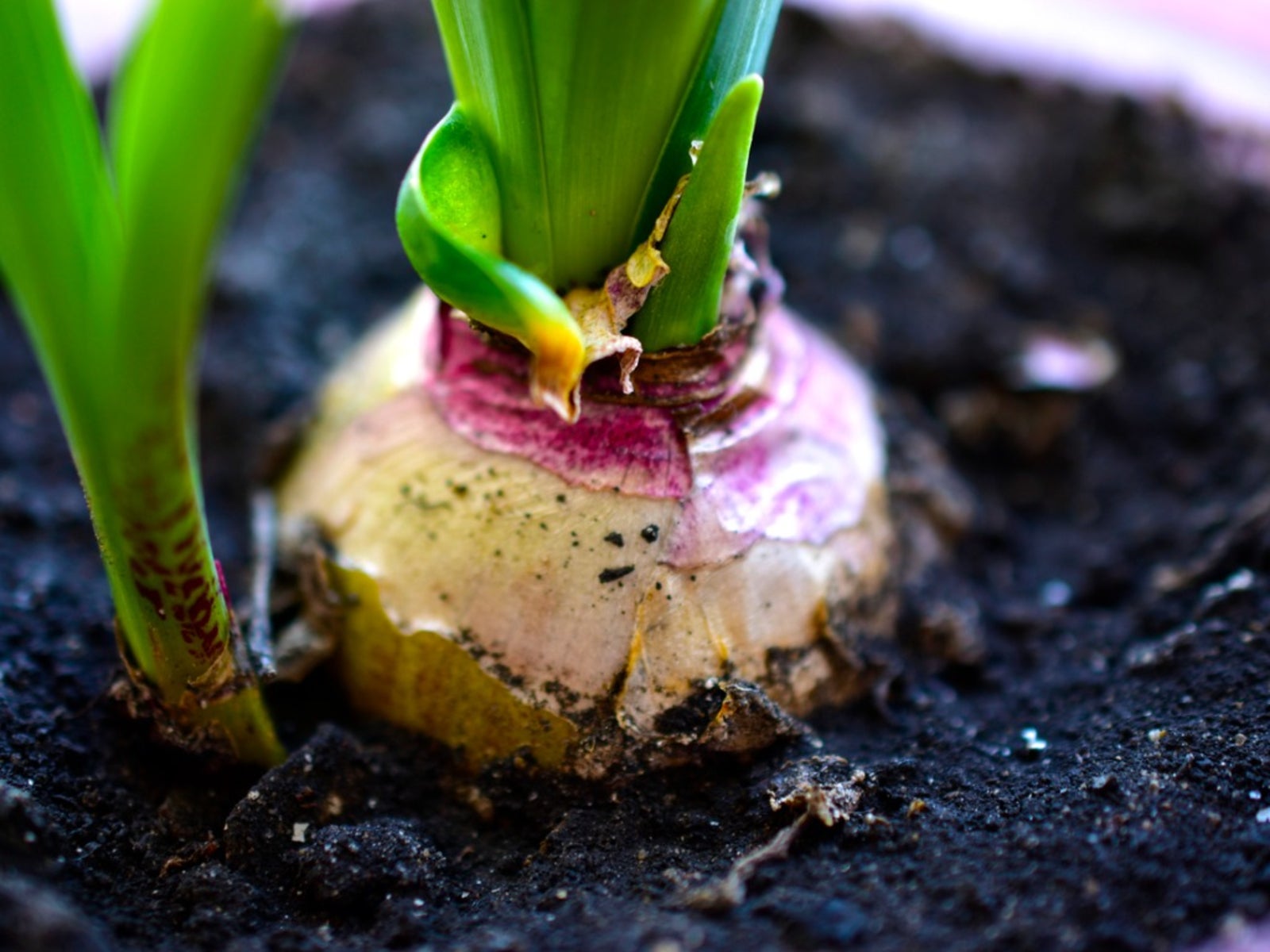Forcing Bulbs In Winter - How To Force A Bulb Inside Your Home


Forcing bulbs in winter is a wonderful way to bring spring into the house a little early. Forcing bulbs indoors is easy to do, whether you are forcing bulbs in water or soil. Keep reading to learn about how to force a bulb inside your home.
Choosing and Preparing Bulbs for Forcing
Almost any spring blooming bulb can be forced to bloom indoors, but some spring blooming bulbs are more popular for bulb forcing. Some popular spring bulbs to force are:
Choose flower bulbs for forcing that are plump and firm. The larger the flower bulb is, the bigger the bloom will be. With the exception of amaryllis, unless you have bought flower bulbs that have been specifically prepared for forcing, you will need to prepare them. Place them in a cold place, between 35 and 45 degrees F. (2-7 C.) for 10 to 12 weeks. Many people use either their refrigerator in the vegetable drawer or an unheated garage to do this. This is called pre-chilling. Once your flower bulbs have been pre-chilled, you can start forcing bulbs indoors in either water or soil.
How to Force a Bulb to Bloom in Water
When forcing bulbs in water, first choose a container to use for forcing. You can buy specific vases called forcing vases to grow your flower bulb indoors. These are vases that have a short, narrow necks and wide mouths. They allow the flower bulb to sit with only its roots in the water. You do not need a forcing vase to force a bulb to bloom in water. You can also use a pan or bowl filled with pebbles. Bury the bulbs halfway into the pebbles, with the points facing up. Fill the pan or bowl with water so that the lower quarter of the flower bulb is in the water. Make sure that the pan or bowl always has water.
How to Force a Bulb Inside in Pots and Soil
Flower bulbs can also be forced inside in pots filled with soil. Fill the pot with a light potting mix. Do not use soil from your garden. Plant the flower bulbs you will be forcing half to three-quarters of the way deep into the pot. The pointy tops of the bulbs should be out of the soil. Water the bulbs and keep the soil moist.
Caring for Forced Bulbs
Keep your planted bulbs in a cool place, 50 to 60 degrees F. (10-60 C.), until it starts to form leaves. This will help it to form a more compact flower stem, which is less likely to fall over. Once leaves appear, you can move the flower bulbs to a warmer location. They prefer bright, indirect light. Make sure to keep your forced bulbs watered. The roots should always have moisture. Once your forced bulbs have finished blooming, you can cut the spent flowers off and plant them outside. You can find directions on planting forced bulbs outside here. The only exception to this is the amaryllis, which cannot survive outdoors year-round. You can, however, force an amaryllis to rebloom. Learn how to make an amaryllis rebloom here.
Sign up for the Gardening Know How newsletter today and receive a free copy of our e-book "How to Grow Delicious Tomatoes".

Heather Rhoades founded Gardening Know How in 2007. She holds degrees from Cleveland State University and Northern Kentucky University. She is an avid gardener with a passion for community, and is a recipient of the Master Gardeners of Ohio Lifetime Achievement Award.